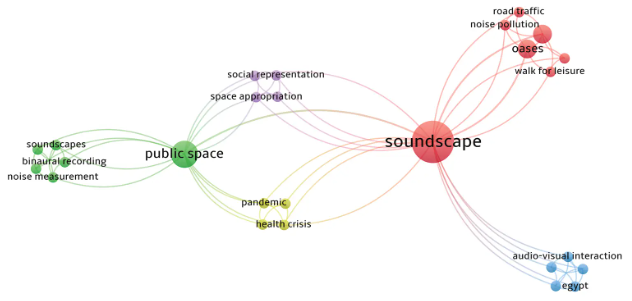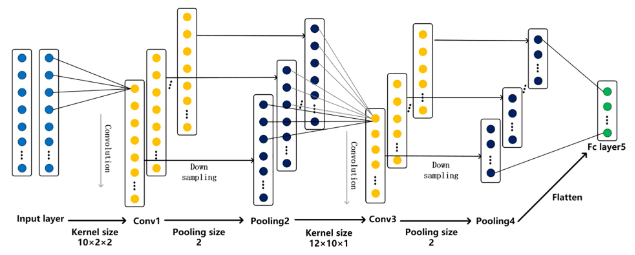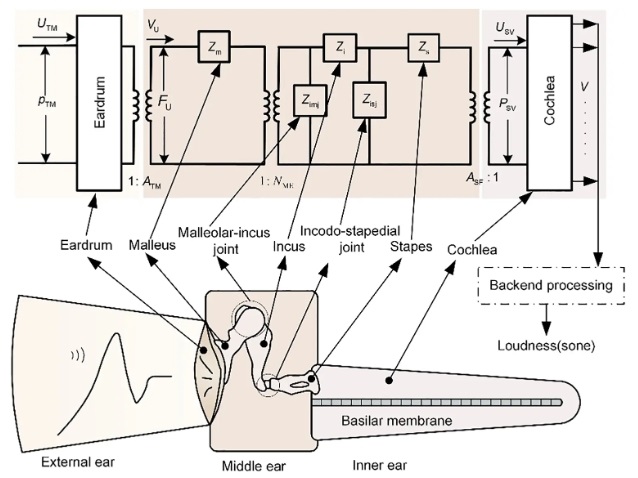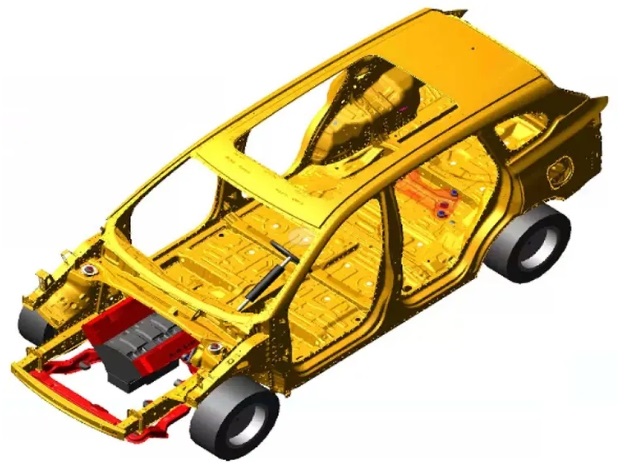Structural design optimization and vibration assessment of a base frame for a 3 MW turbo compressor
Abstract
This study focuses on the design and analysis of a base frame for a 3 MW turbo compressor, aiming to develop a robust and reliable structural framework. The design process included comprehensive simulations, incorporating static stress-strain and dynamic vibration analyses to assess the base frame’ performance under operational conditions. The static analysis evaluated the total deformation and strain behavior of the base frame, ensuring it can withstand the maximum load without yielding or excessive deformation. Dynamic vibration analysis was performed to identify the natural frequencies and potential resonance issues, minimizing the risk of vibrations that could compromise operational stability. Results from the static analysis revealed that the initial design exhibited a maximum total deformation of 0.24 mm, which was reduced to 0.09 mm in the final design—a 62.5% improvement. Elastic strain values were within safe operational limits for both designs. The effective mass ratio analysis showed significant results at frequencies close to 0 Hz, with negligible impact across the operating frequency range. Based on these analyses, an optimized base frame model was developed, meeting the design criteria for mechanical strength and vibrational stability. The results highlight the importance of integrating deformation, strain, and vibration assessments in the structural design of heavy-duty turbo compressor base frame, contributing to enhanced durability and performance.
References
[1]Whitfield A, Doyle MDC, Firth MR. Design and performance of a high-pressure ratio turbocharger compressor Part 2: Experimental performance. Proc. Inst. Mech. Eng. Part A J. Power. Energy. 1993; 207: 125–131. doi: 10.1243/PIME_PROC_1993_207_021_02
[2]Giampaolo T. Compressor Handbook: Principles and Practice. Fairmont Press; 2010.
[3]Hong DK, Jeong YH, Woo BC, Kim TH. Electric-mechanical performance analysis of high speed motor for electric turbo charger. Int. J. Appl. Electromagn. Mech. 2018; 57: 125–133. doi: 10.3233/jae-182303
[4]Shejal PP, Desai AD. Pulsation and Vibration Study of Reciprocating Compressor According to API 618 5th Edition. Ijmer. 2014; 4: 1–23.
[5]Bonello P. Transient modal analysis of the non-linear dynamics of a turbocharger on floating ring bearings. Proc. Inst. Mech. Eng. Part J J. Eng. Tribol. 2009; 223: 79–93. doi: 10.1243/13506501JET436
[6]Spears RE, Jensen SR. Approach for selection of rayleigh damping parameters used for time history analysis. J. Press. Vessel Technol. 2012; 134: 061801. doi: 10.1115/1.4006855
[7]Weng G, Hui Y, Cao J. Time-varying mechanism of fluid-structure interaction vibration effects and dynamic characteristics of the cross-over pipeline when the medium flows. Structures. 2023; 57: 105151. doi: 10.1016/j.istruc.2023.105151
[8]Makaraci, M. A multi-objective design optimization procedure for a general control system. In: Proceedings of the Seventh International Conference and Exposition on Engineering, Construction, Operations and Business in Space; 27 February–2 March 2000; Albuquerque, NM, USA. pp. 377–383.
[9]Jadhav KD, Dhanvijay MR. Design and Standardization of Base Frame & Ant Vibration Mounts for Balanced Opposed Piston Air Compressor. Int. J. Appl. Res. Mech. Eng. 2012; 2(2); 100–107. doi: 10.47893/IJARME.2012.1071
[10]ISO. ISO 10816:2014-Mechanical vibration—Evaluation of machine vibration by measurements on non-rotating parts. ISO; 2014.
[11]Centomo S, Dall’ora N, Fummi F. The Design of a Digital-Twin for Predictive Maintenance. In: Proceedings of the 25th IEEE International Conference on Emerging Technologies and Factory Automation; 08–11 September 2020; Vienna, Austria. pp. 1781–1788.
[12]Dambrauskas K, Vanagas J, Zimnickas T, et al. Induction motor’s bearing condition motoring and diagnosis applying cloud services and artificial neural networks. In: Proceedings of the 7th IEEE Workshop on Advances in Information, Electronic and Electrical Engineering (AIEEE); 15–16 November 2019; Liepaja, Latvia. pp. 8–12.
[13]Salunkhe PA, Kulkarni G, Begad M. Static and Free Vibration Analysis of Multi-Compressor Packs Base. International Journal of Advance Research and Innovative Ideas in Education. 2016; 2(4): 161–171.
[14]Agrawal S, Sherje N, Umbarkar A. Design and Analysis of Compressor Base Frame for Weight Reduction. SSRN Electron. J. 2019. doi: 10.2139/ssrn.3350911
[15]Kachare PP, Wankhede AR, Momale VC. Basic Optimization of Compressor Frame. International Journal of Emerging Technologies and Innovative Research. 2019; 6: 113–116.
[16]Ahmed AA, Fattah MY, Mohsen MK. Effect of frame foundation geometry on the dynamic response of high-speed turbo machine foundations. Heliyon. 2025; 11(1): e41050. doi: 10.1016/j.heliyon.2024.e41050
[17]Khamari DS, Kumar J, Behera SK. Rotordynamic analysis of a complex high-speed rotor. Materials Today: Proceedings. 2023; 90: 299–304. doi: 10.1016/j.matpr.2023.07.322
[18]Fakhari SM, Hassen MB, Mrad H. Optimizing the operation safety and performance of an axial compressor using fluid-structure coupling and high-performance computing. Results in Engineering. 2023; 18: 101061. doi: 10.1016/j.rineng.2023.101061
[19]Shao J, Wu J, Cheng Y. Nonlinear dynamic characteristics of a power-turbine rotor system with branching structure. International Journal of Non-Linear Mechanics. 2023; 148: 104297. doi: 10.1016/j.ijnonlinmec.2022.104297
[20]Nan G, Yao X, Yang S, et al. Vibrational responses and fatigue life of dynamic blades for compressor in gas turbines. Engineering Failure Analysis. 2024; 156: 107827. doi: 10.1016/j.engfailanal.2023.107827
Copyright (c) 2025 Author(s)

This work is licensed under a Creative Commons Attribution 4.0 International License.









